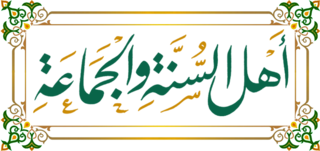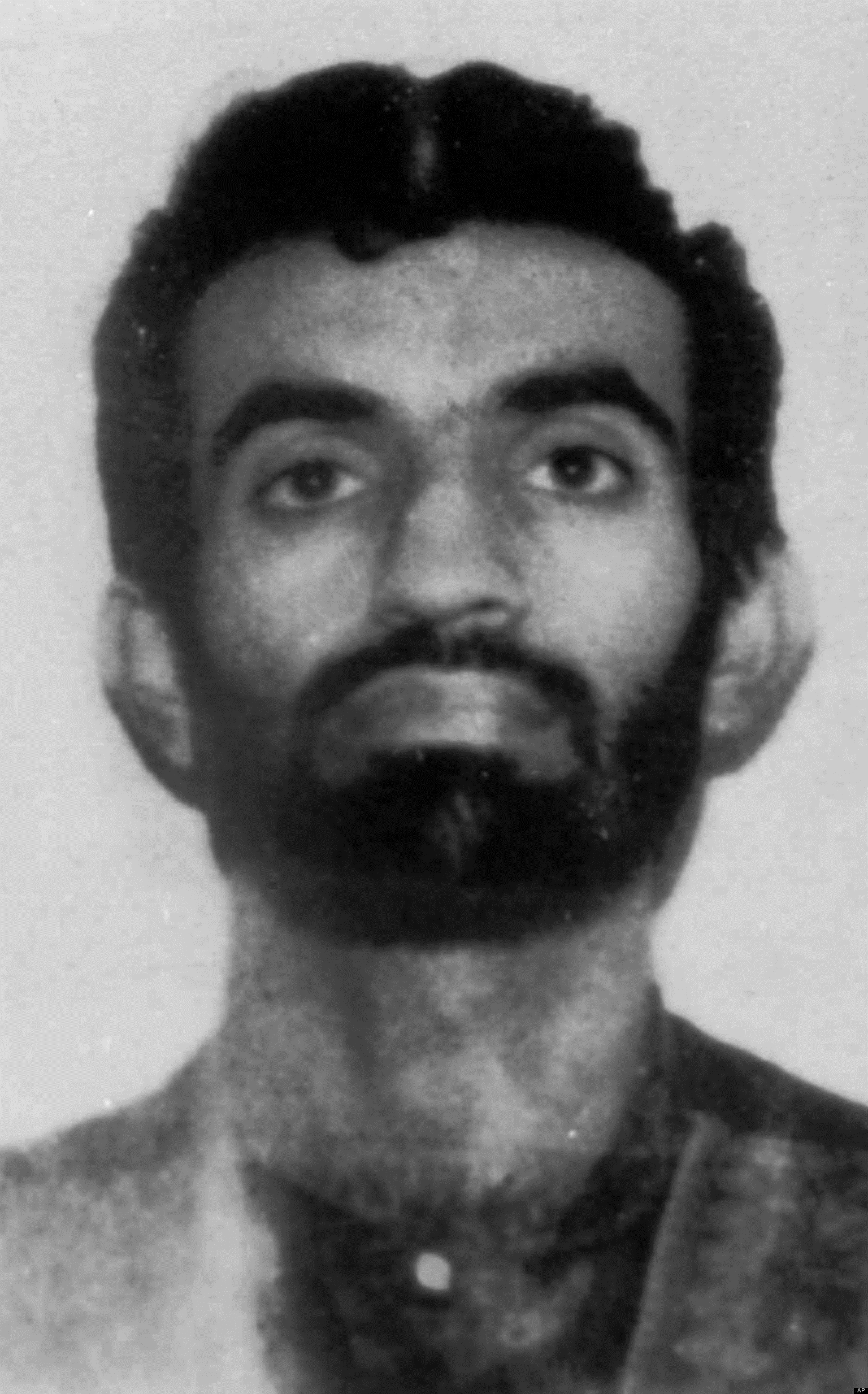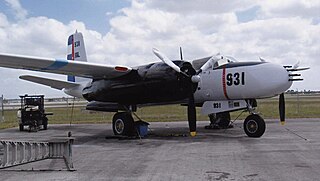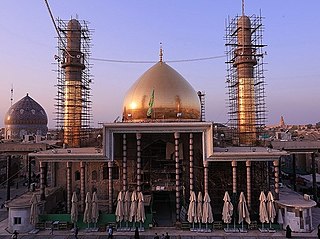 A police officer carrying body of a child victim after explosion | |
| Date | 20 June 1994 (Ashura 1415 AH) |
|---|---|
| Location | Mashhad, Iran |
| Casualties | |
| 25 (26 [1] ) dead | |
| 70 (over 200 [1] ) injured | |
| Suspects | Ramzi Yousef, Abdul Shakoor, MEK, Al-haraka al-islamiya al-iraniya (Sunni group claiming responsibility), [2] |
A bomb explosion occurred at the shrine of Ali al-Ridha, the eighth Imam of Shia, on 20 June 1994 in a crowded prayer hall in Mashhad, Iran. To maximize the amount of casualties, the explosion took place on Ashura, one of the holiest days for Shia muslims, [3] when hundreds of pilgrims had gathered to commemorate the death of their third Imam, Husayn ibn Ali. [4]

A bomb is an explosive weapon that uses the exothermic reaction of an explosive material to provide an extremely sudden and violent release of energy. Detonations inflict damage principally through ground- and atmosphere-transmitted mechanical stress, the impact and penetration of pressure-driven projectiles, pressure damage, and explosion-generated effects. Bombs have been utilized since the 11th century starting in East Asia.

The Imam Reza shrine in Mashhad, Iran is a complex which contains the mausoleum of Imam Reza, the eighth Imam of Twelver Shiites. It is the largest mosque in the world by area. Also contained within the complex are the Goharshad Mosque, a museum, a library, four seminaries, a cemetery, the Razavi University of Islamic Sciences, a dining hall for pilgrims, vast prayer halls, and other buildings.

'Alī ibn Mūsā ar-Riḍā, also called Abu al-Hasan, Ali al-Reza or in Iran (Persia) as Imam Reza, was a descendant of the Islamic prophet, Muhammad, and the eighth Shi'ite Imam, after his father Musa al-Kadhim, and before his son Muhammad al-Jawad. He was an Imam of knowledge according to the Zaydi (Fiver) Shia school and Sufis. He lived in a period when Abbasid caliphs were facing numerous difficulties, the most important of which was Shia revolts. The Caliph Al-Ma'mun sought out a remedy for this problem by appointing Al-Ridha as his successor, through whom he could be involved in worldly affairs. However, according to the Shia view, when Al-Ma'mun saw that the Imam gained even more popularity, he decided to correct his mistake by poisoning him. The Imam was buried at the Imam Reza shrine in a village in Khorasan, which afterwards gained the name Mashhad, meaning the place of martyrdom.
Contents
The attack left at least 25 dead and at least 70 injured. [3] [lower-alpha 1] The bomb was equivalent to 10 pounds of TNT, according to experts. [6] Although a Sunni group claimed responsibility, the Iranian government laid the blame on the People's Mujahedin of Iran, and others have accused a Pakistani militant.

Trinitrotoluene (; TNT), or more specifically 2,4,6-Trinitrotoluene, is a chemical compound with the formula C6H2(NO2)3CH3. This yellow solid is sometimes used as a reagent in chemical synthesis, but it is best known as an explosive material with convenient handling properties. The explosive yield of TNT is considered to be the standard measure of bombs and the power of explosives. In chemistry, TNT is used to generate charge transfer salts.

Sunni Islam is the largest denomination of Islam, followed by 75–90% of the world's Muslims. Its name comes from the word sunnah, referring to the behaviour of the Islamic prophet Muhammad. The differences between Sunni and Shia Muslims arose from a disagreement over the succession to Muhammad and subsequently acquired broader political significance, as well as theological and juridical dimensions.

The People's Mojahedin Organization of Iran or the Mojahedin-e Khalq is an Iranian political–militant organization based on Islamic and socialist ideology and advocates overthrowing the Islamic Republic of Iran leadership and installing its own government. It was the "first Iranian organization to develop systematically a modern revolutionary interpretation of Islam – an interpretation that deferred sharply from both the old conservative Islam of the traditional clergy and the new populist version formulated in the 1970s by Ayatollah Khomeini and his government". The MEK is considered the Islamic Republic of Iran's biggest and most active political opposition group.




















